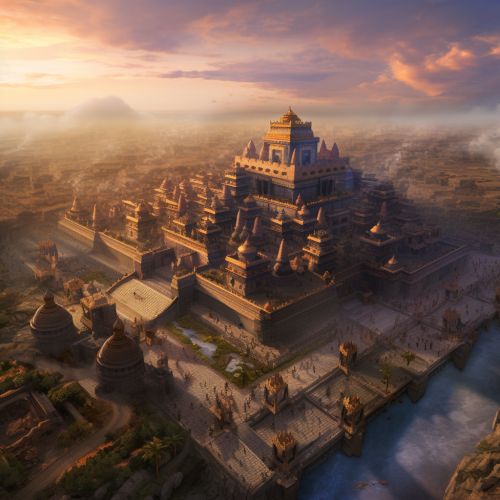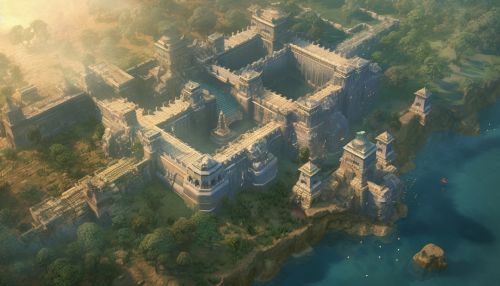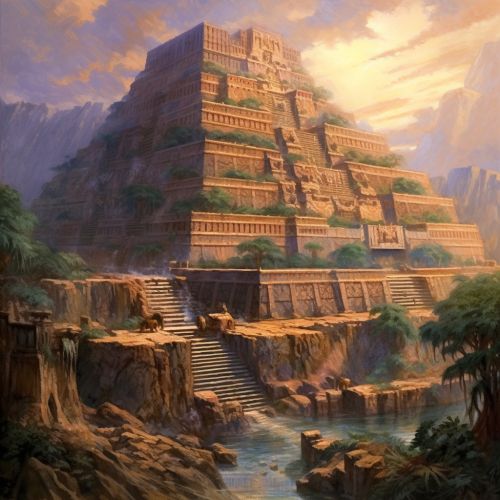Sumerians
Origins and Early History
The Sumerians were one of the earliest civilizations to emerge in the world, in Southern Mesopotamia more than 5000 years ago. The region, largely corresponding to modern-day Iraq, was known as Sumer, and its inhabitants, the Sumerians, established a number of independent city-states. These city-states were independent political entities that shared a common culture and language but were often fiercely competitive with each other.


The Sumerians are credited with pioneering many of the cornerstones of civilization, including the earliest known form of writing, known as cuneiform. This system of writing, developed around 3200 BC, was initially pictographic, but it evolved into a system of wedge-shaped marks made on clay tablets.
Society and Culture
Sumerian society was organized around city-states, each governed by a king who claimed to be the divine representative of the city's patron deity. The society was stratified, with the king and his court at the top, followed by priests, officials, merchants, and farmers. Slaves, usually prisoners of war, were at the bottom of the social hierarchy.
Religion played a central role in Sumerian society. They practiced polytheism, with a pantheon of gods and goddesses who were believed to control all aspects of the natural world. The most important deities in the Sumerian pantheon were An, the sky god; Enlil, the god of wind and storm; and Enki, the god of water and wisdom.
The Sumerians also made significant advances in technology and science. They developed the wheel, the plow, and the sailboat, and they were among the first to use bronze. They developed a system of mathematics based on the number 60, which is still used in measuring time and angles.
Art and Architecture
Sumerian art and architecture were marked by their grandeur. The most distinctive and impressive structures in Sumerian architecture were the ziggurats, large stepped platforms that were built as religious monuments. The ziggurats were believed to be dwelling places for the gods and were the centers of religious ceremonies.


In art, the Sumerians created a wide range of items, from cylinder seals to monumental statues. They used materials such as stone, wood, and metals like copper and gold. Sumerian art often depicted scenes of war and hunting, religious ceremonies, and mythological subjects.
Decline and Legacy
The Sumerian civilization began to decline around 2000 BC. Several factors contributed to this decline, including the increasing power of neighboring civilizations, internal strife, and ecological changes. Despite their decline, the Sumerians left a lasting legacy, particularly in the realm of technology, writing, law, and literature. Many of their inventions and innovations were adopted by subsequent civilizations, including the Babylonians and Assyrians.
